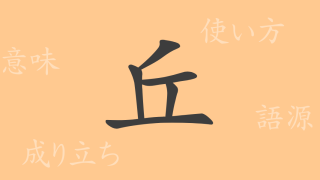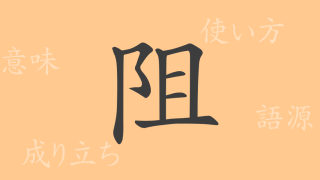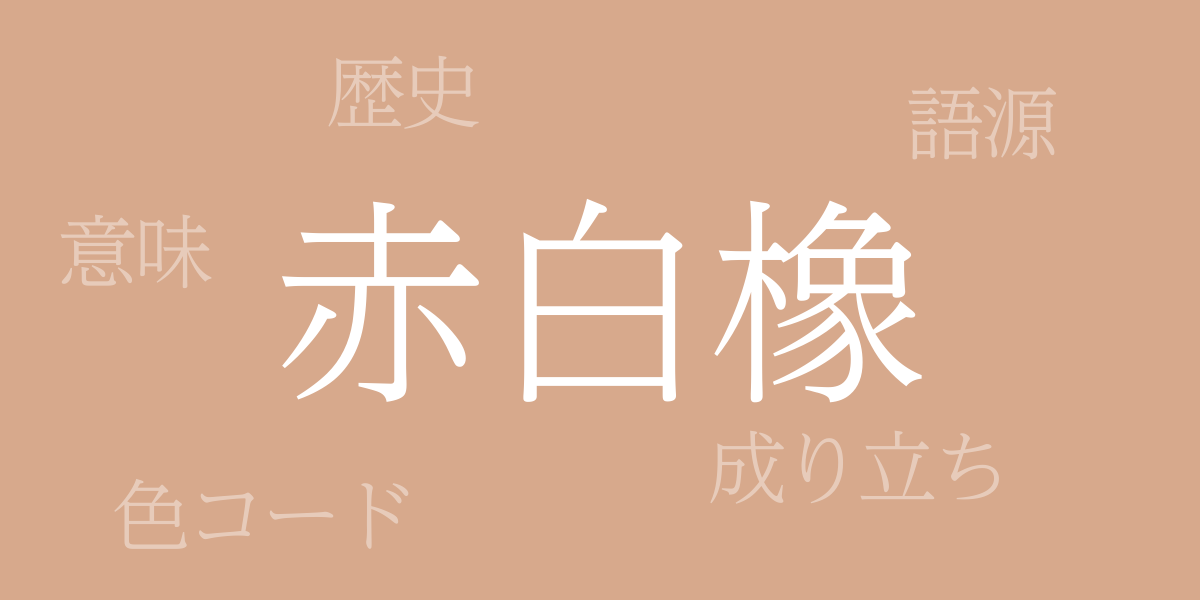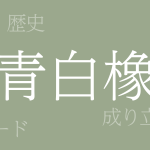The unique beauty of Japan’s traditional colors has captivated people worldwide. Among these, ‘Red White Oak (赤白橡 – あかしろつるばみ)’ stands out with its unique hue that blends red, white, and the color of oak (橡 – つるばみ). This article explores the allure of Red White Oak, delving into its history, color code, and international name. Step into the world of profound colors and rediscover the beauty of Japanese tradition.
About Red White Oak (赤白橡 – あかしろつるばみ)
Red White Oak (赤白橡 – あかしろつるばみ) symbolizes Japan’s unique sense of color as a traditional hue. This color, based on red and white, gains depth and warmth by incorporating dyes derived from the oak fruit. It reflects the Japanese appreciation for natural hues, used in clothing, everyday items, and even artworks.
The History of Red White Oak
The use of Red White Oak dates back to Japan’s historical records. In the Heian period, it was predominantly used in the garments of the nobility, documented as ‘つるばみ’ in historical texts. Over time, the color became popular among the general populace, and by the Edo period, it was used in garments like the firefighters’ coats. This color has matured within the Japanese lifestyle, echoing its historical and cultural background.
Color Code for Red White Oak
In modern times, color codes are essential for reproducing traditional colors in digital design and web design. Below are the color codes for Red White Oak:
- HEX: #D7A98C
- RGB: R:215 G:169 B:140
- CMYK: C:19 M:40 Y:44 K:0
International Name for Red White Oak
Internationally, Red White Oak is sometimes referred to as ‘Reddish White Oak.’ However, there is no exact international name that fully captures its unique nuances, so a transliteration is often used. In the global context of color, such unique Japanese color names are sometimes used directly.
Summary of Red White Oak
Red White Oak has been cherished as a traditional Japanese color for centuries, captivating many with its deep hues. Throughout history, it has been used in various cultural and everyday contexts, and today, its beauty is also expressed digitally through color codes. Understanding the unique charm of this color is a step towards deepening appreciation for Japanese culture.

























